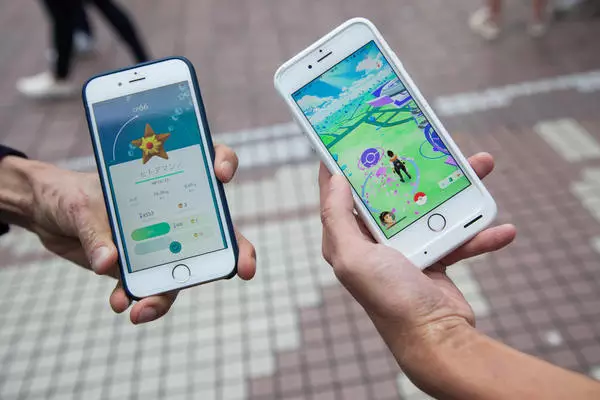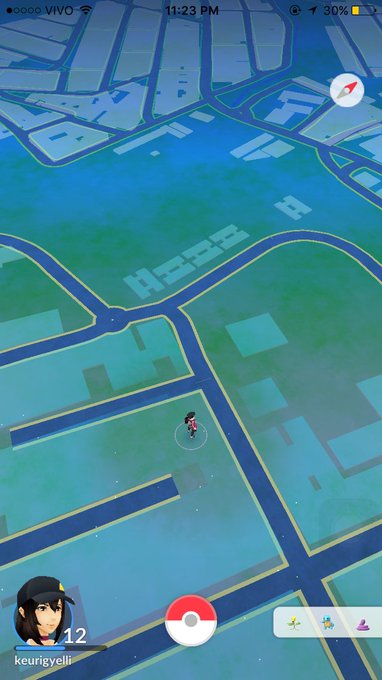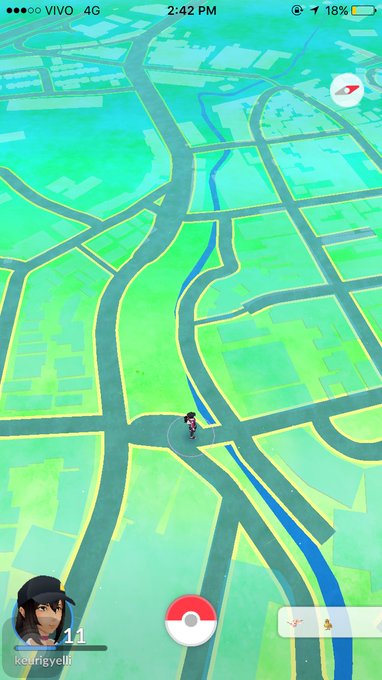
Featured image credit: PA
When you think of Pokémon Go you probably think of crashing servers, grown men acting like teenagers and how fucking hard it is to catch a Charizard. You might not think of racism, but now one US player has found what she believes to be proof that the biggest game of the year is unfairly skewed towards white players.
Aura Bogado has accused Pokémon Go and Niantic, its developer, of only putting Poké Stops in neighbourhoods which are mainly white, which is pretty shit for players based in other areas.
She said she noticed the issue when she was in Long Beach, California, which has a 50% white population, and she saw more Poké Stops than in her own LA neighbourhood, which is mainly populated by ethnic minorities, according to the Daily Mail.
To see if this was a problem elsewhere she came up with the hashtag #mypokehood to see what sort of areas had Poké Stops, and she claims that the screengrabs she was sent proved her right.
The Urban Institute backs up what Aura claims. Data collected shows an average of 55 Poké Stops in majority white areas and only 19 Poké Stops in areas with a mainly black population.
However, Aura has also said that the distribution of Poké Stops could be down to Niantic using an older game, called Ingress, to create the Pokémon Go maps. Ingress allows players to make real-life places as battle areas and the majority of these players were white, young and English speaking.
Niantic said it's not going to comment on the placement of Poké Stops until the game has been released worldwide.
Advert
Words Claire Reid
Featured Image Credit:
